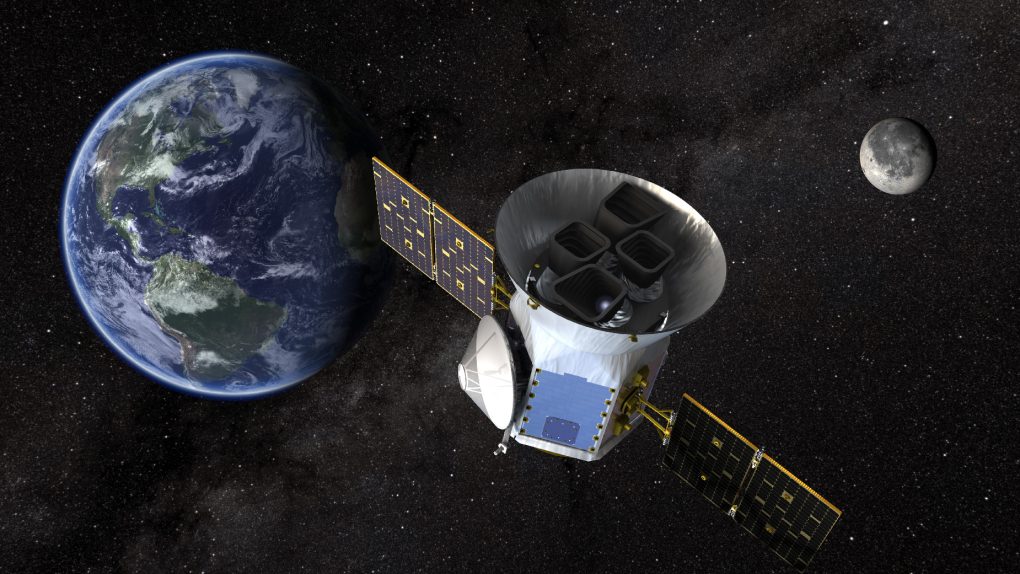It wasn’t all that long ago that humans didn’t even know for sure if planets existed outside of our solar system. We can see stars, of course, but spotting planets orbiting those stars? Well, that was impossible for a very long time. It’s only in recent decades that technology has reached a point that allows us to spot signs of exoplanets far from our system, and NASA’s TESS (Transiting Exoplanet Survey Satellite) has proven to be ridiculously good at spotting those planets.
In fact, the satellite has collected evidence of so many exoplanets that there is no way astronomers will ever be able to study them all. In a recent bulletin by NASA the space agency reveals that TESS has already spotted over 2,200 exoplanets in space. The plants range from huge to tiny, and some of them are likely rocky worlds much like our own planet. What’s especially cool about this is the fact that TESS hasn’t actually spotted any planets directly, but rather inferred their existence based on other evidence.
So, how does TESS find planets without actually seeing them? It’s actually not that difficult, now that telescopes are sensitive enough to detect subtle changes in light coming from distant stars.
Even the largest exoplanets are still far too small to see with modern telescope technology. However, by closely monitoring the light coming from distant stars, spacecraft like TESS can detect changes in the intensity of the light. When those changes happen regularly and on a predictable schedule, it means that something is orbiting the star, and based on the data collected during that transit, researchers can get a pretty good idea of how large the planet is, its proximity to its star, and sometimes even what kind of a world it might be.
A new paper listing all of the “objects of interest” that TESS spotted during its prime mission was recently published, and it’s a herculean effort on the part of the scientists to catalog the thousands of entries.
In a new post on its website, NASA provides a rundown of some of the most interesting objects that TESS has discovered so far. Some of them are first-of-their-kind discoveries, like TOI 1338 b, the first planet found to be orbiting two stars at once, and the world LHS 3844b, which is the first of a new category of “ultra-short-period” planets and has days that are just 11 hours long.
It’s pretty incredible that TESS has collected all of this data in such a relatively short period of time. The satellite was launched in 2018 and has already overwhelmed astronomers and other researchers as they try to draw larger conclusions based on the data. Future satellites with even more powerful hardware will surely produce even more results, and the number of known exoplanets will likely grow exponentially from here on out.








